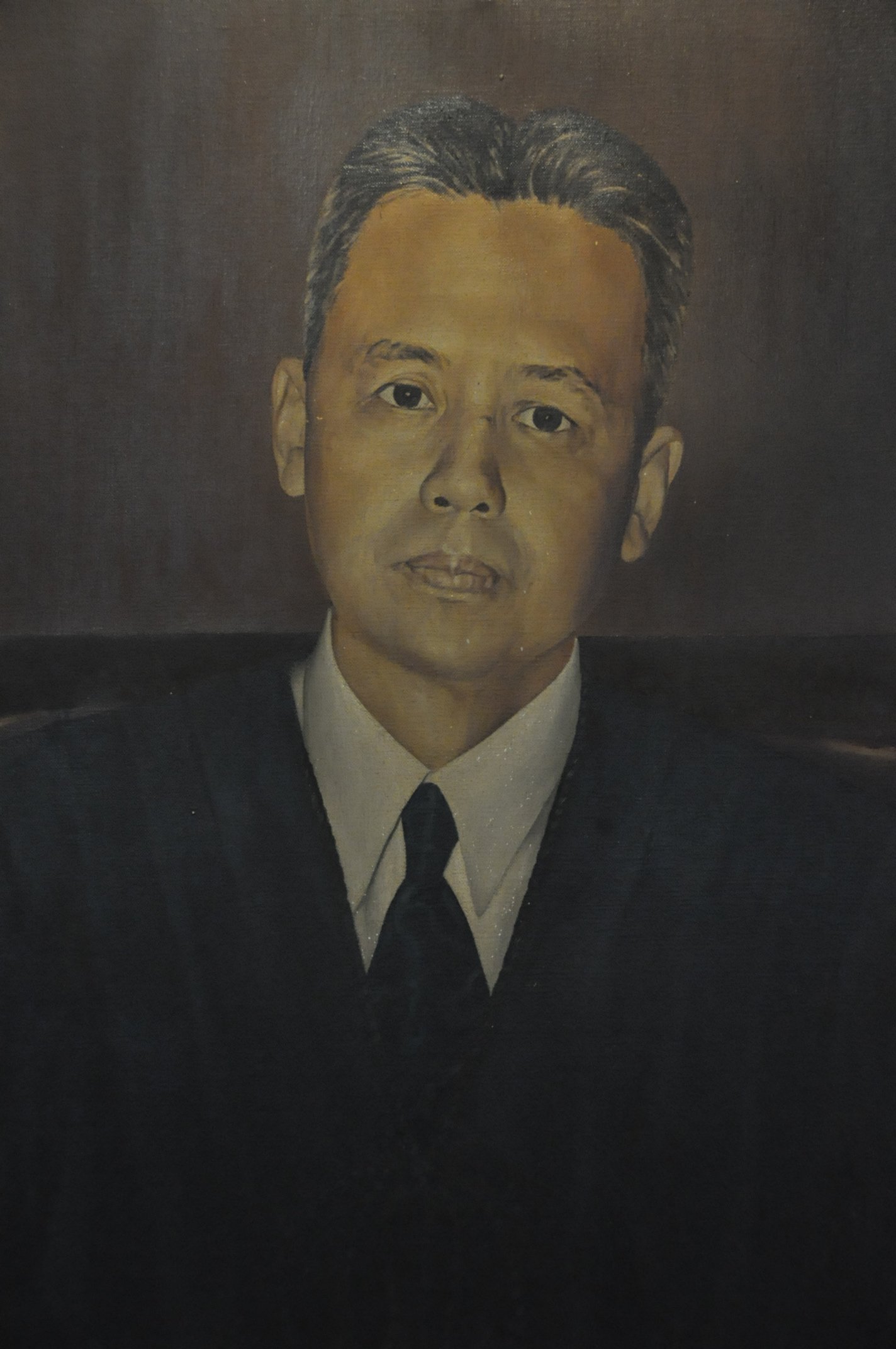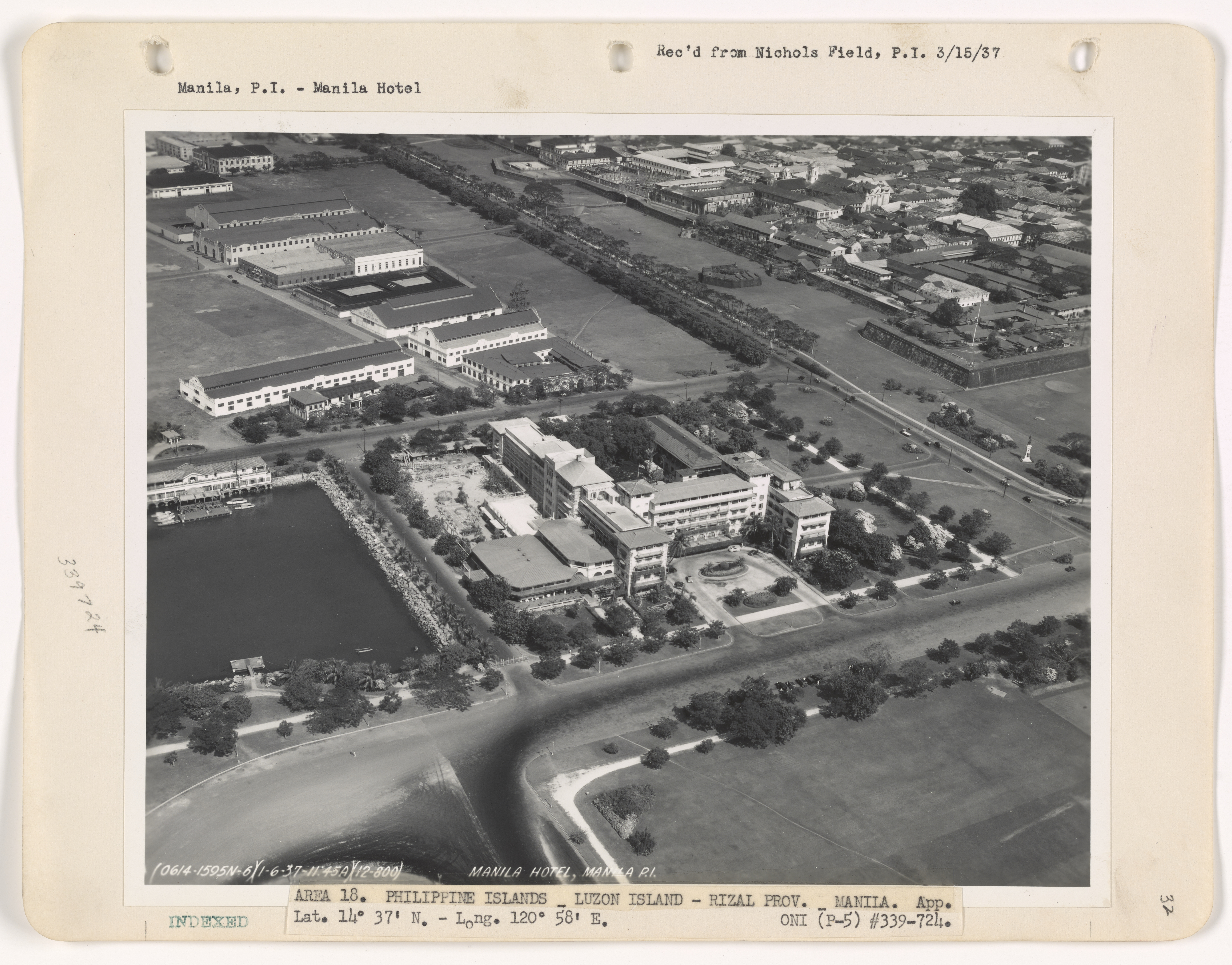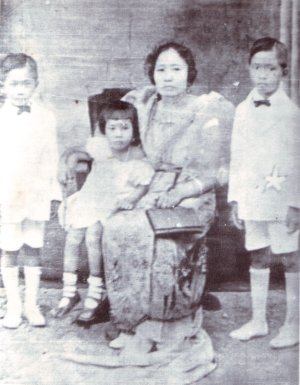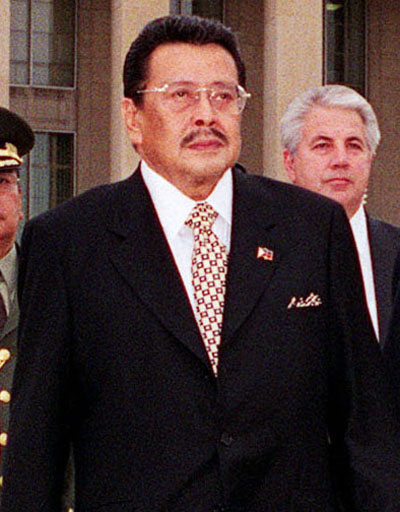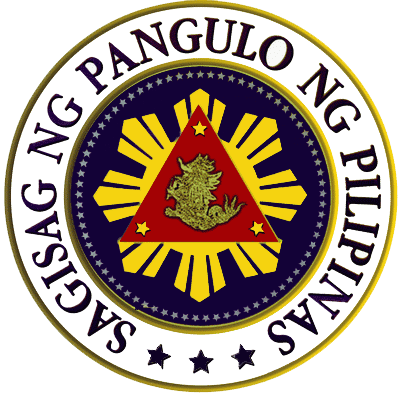|
2004 Philippine General Election
Presidential elections, legislative elections and local elections were held in the Philippines on May 10, 2004. In the presidential election, incumbent president Gloria Macapagal Arroyo won a full six-year term as president, with a margin of just over one million votes over her leading opponent, highly popular movie actor Fernando Poe Jr. The elections were notable for several reasons. This election first saw the implementation of the Overseas Absentee Voting Act of 2003 ''(see Wikisource)'', which enabled Filipinos in over 70 countries to vote. This is also the first election since the 1986 People Power Revolution where an incumbent president ran in the presidential election. Under the 1987 Constitution, an elected president cannot run for another term. However, Arroyo was not elected president, but instead succeeded ousted President Joseph Estrada, who was earlier impeached with charges of plunder and corruption in 2000 and later convicted on the plunder charge but received ... [...More Info...] [...Related Items...] OR: [Wikipedia] [Google] [Baidu] |
Gloria Macapagal Arroyo
Maria Gloria Macaraeg Macapagal-Arroyo (; born April 5, 1947), often referred to as PGMA or GMA, is a Filipino academic and politician who served as the 14th president of the Philippines from Presidency of Gloria Macapagal-Arroyo, 2001 to 2010. She is the longest-serving president since Ferdinand Marcos. Before her presidency, she was the 10th vice president of the Philippines from 1998 to 2001 under President Joseph Estrada, becoming the first female vice president. She was also a Senate of the Philippines, senator from 1992 to 1998. After her presidency, she was elected as the House of Representatives of the Philippines, representative of Pampanga's 2nd congressional district, Pampanga's 2nd district in 2010 and continues to serve in this role. She also served as the Speaker of the House of Representatives of the Philippines, speaker of the House from 2018 to 2019, and as Deputy Speaker of the House of Representatives of the Philippines, deputy speaker from 2016 to 2017 and 20 ... [...More Info...] [...Related Items...] OR: [Wikipedia] [Google] [Baidu] |
Speaker Of The House Of Representatives Of The Philippines
The speaker of the House of Representatives of the Philippines (), more popularly known as the House speaker, is the presiding officer and the highest-ranking official of the lower house of Congress, the House of Representatives, as well as the fourth-highest official of the government of the Philippines. The speaker is elected by a majority of all of the representatives from among themselves. The speaker is the third and last in the line of succession to the presidency, after the vice president and the Senate president. A speaker may be removed from office in a coup, or can be replaced by death or resignation. In some cases, a speaker may be compelled to resign at the middle of a Congress' session after he has lost support of the majority of congressmen; in that case, an election for a new speaker is held. Despite being a partisan official, the speaker (or whoever is presiding) does not vote unless in breaking ties in accordance with the Rules of the House of Representativ ... [...More Info...] [...Related Items...] OR: [Wikipedia] [Google] [Baidu] |
Supreme Court Of The Philippines
The Supreme Court (; colloquially referred to as the ' (also used in formal writing), is the highest court in the Philippines. It was established by the Taft Commission on June 11, 1901, through the enactment of Act No. 136, which abolished the Real Audiencia of Manila, the predecessor of the Supreme Court. The Supreme Court compound is located in what was formerly a part of the University of the Philippines Manila campus. It occupies the corner of Padre Faura Street and Taft Avenue in Ermita, Manila, with the main building sited directly in front of Philippine General Hospital's cancer institute. History Early history Prior to the conquest of Spain, the islands of the Philippines were composed of independent barangay state, barangays, each of which is a community composed of 30 to 100 families. Typically, a barangay is headed by a ''datu'' or a local chief who exercises all functions of government: executive, legislative and judicial; he is also the commander-in-chief in time ... [...More Info...] [...Related Items...] OR: [Wikipedia] [Google] [Baidu] |
Manila Hotel
The Manila Hotel is a 550-room, historic five-star hotel located along Manila Bay in Manila, Philippines."Manila Hotel" Arkitektura.ph. Retrieved on September 27, 2013. The hotel is the oldest premiere hotel in the Philippines built in 1909 to rival Malacañang Palace, the official residence of the President of the Philippines. It was opened on the commemoration of American Independence on July 4, 1912. The hotel complex was built on a Land reclamation, reclaimed area of at the northwestern end of Rizal Park along Bonifacio Drive in Ermita. Its penthouse served as the residence of Douglas MacArthur, General Douglas MacArthur during his tenure as the Military Advisor of the Philippine Commonwealth from 1935 to 1941. The hotel used to hos ... [...More Info...] [...Related Items...] OR: [Wikipedia] [Google] [Baidu] |
Rizal Day
Rizal Day (, ; ) is a Philippine national holiday commemorating life and works of José Rizal, a national hero of the Philippines. It is celebrated every December 30, the anniversary of Rizal's 1896 execution at Bagumbayan (present-day Rizal Park) in Manila. History Rizal Day was first instituted with a decree dated December 20, 1898, signed by President Emilio Aguinaldo in Malolos, Bulacan, celebrating December 30, 1898, as a national day of mourning for Rizal and all the victims of the Spanish colonial rule of the Philippines. Daet, Camarines Norte was the first town to follow the decree, building a monument designed by Lt. Col. Antonio Sanz, led by Sanz and Lt. Col. Ildefonso Alegre, and financed by the townsfolk of Camarines Norte and the rest of the Bicol Region. Finished in February 1899, the three-tiered stone pylon inscribing Rizal's novels '' Noli Me Tangere'' and '' El Filibusterismo'', and Morga, for Antonio de Morga, author of ''Sucesos de las islas Filipinas' ... [...More Info...] [...Related Items...] OR: [Wikipedia] [Google] [Baidu] |
Ferdinand Marcos
Ferdinand Emmanuel Edralin Marcos Sr. (September 11, 1917 – September 28, 1989) was a Filipino lawyer, politician, dictator, and Kleptocracy, kleptocrat who served as the tenth president of the Philippines from 1965 to 1986. He ruled the country under Martial law under Ferdinand Marcos, martial law from 1972 to 1981, granting himself expanded powers under the Constitution of the Philippines#The 1973 Constitution, 1973 Constitution. Marcos described his philosophy as "constitutional authoritarianism". He was deposed in 1986 by the People Power Revolution and was succeeded as president by Corazon Aquino. Marcos gained political success by exaggerating his actions in World War II, claiming to have been the "most decorated war hero in the Philippines". — United States Army documents described his claims as "fraudulent" and "absurd". After the war, he became a lawyer. He served in the Philippine House of Representatives from 1949 to 1959 and the Philippine Senate from 1959 to ... [...More Info...] [...Related Items...] OR: [Wikipedia] [Google] [Baidu] |
1998 Philippine General Election
Presidential elections, legislative and local elections were held in the Philippines on May 11, 1998. In the presidential election, Vice President of the Philippines, Vice President Joseph Estrada won a six-year term as President of the Philippines, president by a landslide victory. In the vice-presidential race, Senate of the Philippines, Senator Gloria Macapagal Arroyo won a six-year term as vice president also by a landslide victory. This was the third election where both president and vice president came from different parties. Candidates Lakas-NUCD-UMDP LAMMP Results President Vice president Senate House of Representatives The first party-list elections were held. Aside from voting for the representative from their congressional district, a voter can also vote for a party-list. District elections Party-list election Local elections Local elections for all positions above the barangay level, but below the regional level, were held on this day. ... [...More Info...] [...Related Items...] OR: [Wikipedia] [Google] [Baidu] |
1992 Philippine General Election
Presidential and vice presidential elections, legislative elections and local elections were held in the Philippines on May 11, 1992. An estimated 80,000 candidates ran for 17,000 posts from the presidency down to municipal councillors in the first general election under the 1987 Constitution. Even though she was permitted by the Constitution to run for a second term, President Corazon Aquino did not stand for re-election. Retired general Fidel Ramos of Lakas-NUCD won a six-year term as president of the Philippines by a small margin, narrowly defeating populist candidate Miriam Defensor Santiago of the People's Reform Party. Ramos also got the lowest plurality in Philippine electoral history. Santiago led the canvassing of votes for the first five days, but was overtaken by Ramos afterwards. Santiago accused Ramos of fraud and filed an electoral protest citing power outages as evidence, but her protest was eventually dismissed. The 1992 election was the second time both the p ... [...More Info...] [...Related Items...] OR: [Wikipedia] [Google] [Baidu] |
Joseph Estrada
Joseph Ejercito Estrada (; born Jose Marcelo Ejercito; April 19, 1937), also known by the nickname Erap, is a Filipino politician and former actor, who served as the 13th president of the Philippines from 1998 until his resignation in 2001. Estrada previously served as the ninth vice president of the Philippines from 1992 to 1998, the 22nd mayor of Manila, the country's capital from 2013 to 2019, and the 14th Mayor of San Juan, Metro Manila, mayor of San Juan from 1969 to 1986. In 2000, he became the first chief executive in Asia to be formally impeached, resigning two months later at the height of the Second EDSA Revolution. As a result, Estrada served the third shortest term as Philippine president, after Emilio Aguinaldo and Sergio Osmeña. Estrada gained popularity as a film actor, playing the lead role in over a hundred films in an acting career spanning some three decades. He also worked as a model, beginning as a fashion and ramp model at the age of 13. He used his pop ... [...More Info...] [...Related Items...] OR: [Wikipedia] [Google] [Baidu] |
Constitution Of The Philippines
The Constitution of the Philippines (Filipino language, Filipino: ''Saligang Batas ng Pilipinas'' or ''Konstitusyon ng Pilipinas'') is the Constitution, supreme law of the Philippines. Its final draft was completed by the Philippine Constitutional Commission of 1986, Constitutional Commission on October 12, 1986, and ratified by a 1987 Philippine constitutional plebiscite, nationwide plebiscite on February 2, 1987. The Constitution remains unamended to this day. The Constitution consists of a preamble and eighteen articles. It mandates a Democracy, democratic and Republicanism, republican form of government and includes a bill of rights that guarantees entrenched freedoms and protections against governmental overreach. The Constitution also organizes the main branches of the Government of the Philippines, Philippine government: a legislative department known as the Congress of the Philippines, Congress, which consists of the Senate of the Philippines, Senate and the House of Repr ... [...More Info...] [...Related Items...] OR: [Wikipedia] [Google] [Baidu] |
People Power Revolution
The People Power Revolution, also known as the EDSA Revolution or the February Revolution, were a series of popular Demonstration (people), demonstrations in the Philippines, mostly in Metro Manila, from February 22 to 25, 1986. There was a sustained campaign of civil resistance against regime violence and electoral fraud. The nonviolent revolution led to the departure of Ferdinand Marcos, the end of his 20-year dictatorship and the restoration of democracy in the Philippines. It is also referred to as the Yellow Revolution due to the presence of yellow ribbons during demonstrations (in reference to the Tony Orlando and Dawn song "Tie a Yellow Ribbon Round the Ole Oak Tree") as a symbol of protest following the Assassination of Benigno Aquino Jr., assassination of Filipino senator Benigno "Ninoy" Aquino Jr. in August 1983 upon his return to the Philippines from exile. It was widely seen as a victory of the people against two decades of presidential rule by President Marcos, ... [...More Info...] [...Related Items...] OR: [Wikipedia] [Google] [Baidu] |
Absentee Voting Bill (Philippines)
{{disambiguation ...
Absentee or The Absentee may refer to: *Absentee (band), a British band *The Absentee, a novel by Maria Edgeworth, published in 1812 in ''Tales of Fashionable Life'' * ''The Absentee'' (1915 film), a 1915 American silent film directed by Christy Cabanne * ''The Absentee'' (1951 film), a 1951 Mexican film directed by Julio Bracho * ''The Absentee'' (1989 film), a 1989 Argentine film * ''Absentee'' (album), an album from Pitch Black Forecast See also *Absenteeism *Absentee ballot *Absentee landlord *Absentee-Shawnee Tribe of Indians *Present absentee Present absentees are Arab internally displaced persons (IDPs) who fled or were expelled from their homes in Mandatory Palestine during the 1947–1949 Palestine war but remained within the area that became the state of Israel. In 1950, 46,000 ... [...More Info...] [...Related Items...] OR: [Wikipedia] [Google] [Baidu] |



